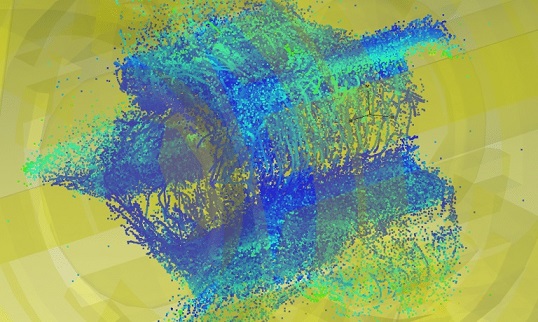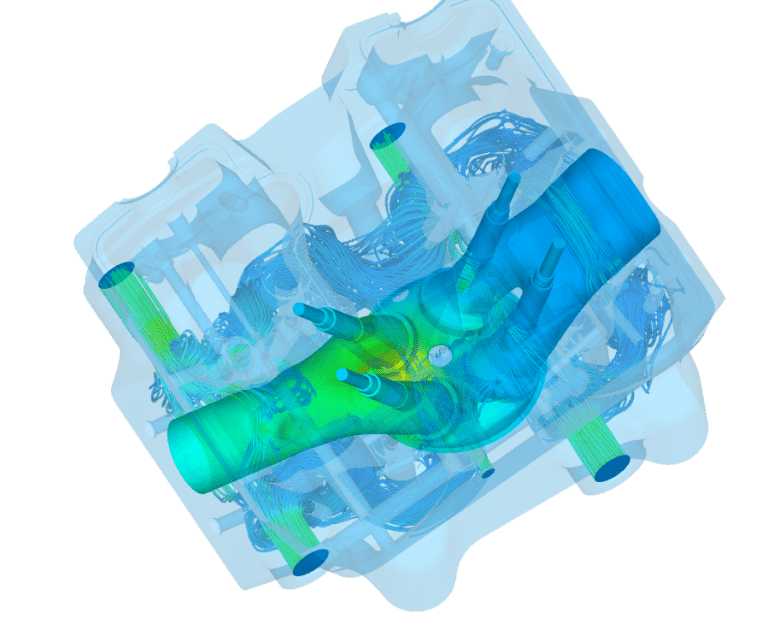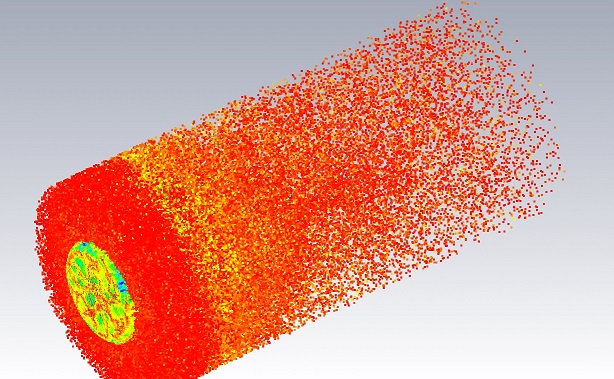Plasma Simulation
Plasma Simulation
Artificial Intelligence Analysis
FEA|CFD & AI Integration
We provide consulting services for the modeling and simulation of plasma and other flow systems. we combine expertise in physics, Numerical computing, big data processing, automation, and management. Our people are truly motivated experts, passionate about science. Our consulting services utilize our specialized domain expertise in plasma, reactive flows and surface chemistry mechanism development and integration with multi-dimensional flow and plasma systems.
Simulation Dynamics uses advanced electromagnetic FEA, CFD and particle-in-cell (PIC) codes, designed for executing multi-scale, plasma physics simulations. Based on the problem and its detail, we use special commercial code or even develop new codes and subroutines to capture the interaction between charged particles (electrons and ions) and external and self-generated electric and magnetic fields.
Contact US and Discover Solutions



